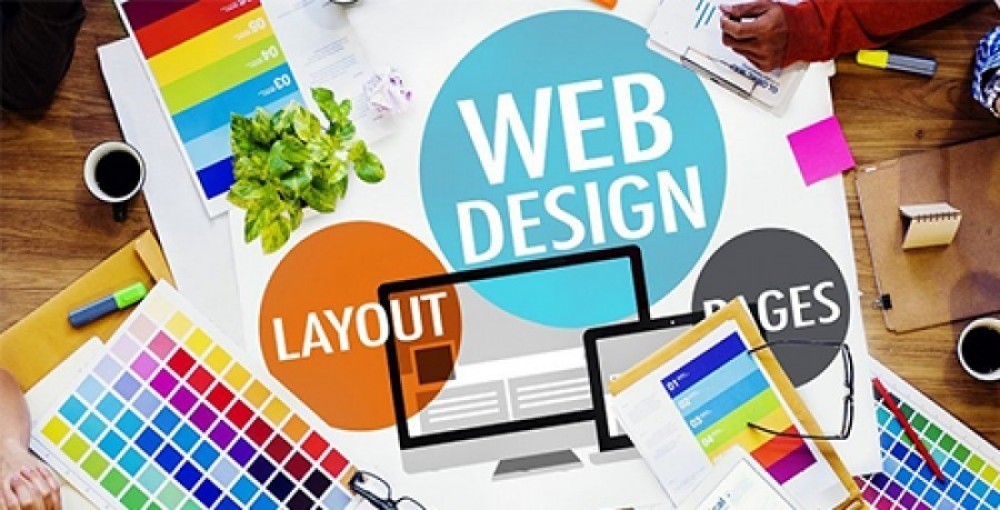
8 Ruling Web Design Trends
Web design trends have undergone an apparent change as one of the most dynamic industries in web technologies. The eighteenth year of the millennia, a year for exploration of the web technologies in a dynamic perspective. Web technology is unbeatable and with the ever-rising technical challenges as more products get into the market, the only choice of web designers is to be innovative and put up with the changing trends. They have to ensure that their designs fit any internet device be it a desktop or a smartphone. Here is a list of 8 ruling web design trends that will shape the web industry.
1. Prioritizing mobile web designs
Smartphones have surpassed desktop and notebook computers in browsing. The implication is that most people will surf the net using smartphones. resolution is to give priority to mobile web designs. This transformative web design as designers embrace the reality of battling with technical challenges to give their users a satisfying experience in their web products with a top priority on mobile designs.
2. Pulsating gradients
Flat designs that only incorporated the use of one color in the designs is fading. Now, gradients are big, loud and full of color palettes with subtler transitions and updated sparking the transformation of gradients from simple colors giving rise to edge-cutting gradient vibrancies with which designers are shaping the web. The gradient comeback in web design trends is irresistible and inevitable especially with their 3D appearance that is and will forever revolutionize web design. The application of the recent gradient incarnation can transform and make an image more fascinating. Simple gradient color combination can be a perfect substitute in the absence of an image.
3. Creative, big and bold typography
The bigger the font, the better. For a long time, it has been a preference of designer to stick to the likes of sans- serif fonts for their designs. However, creative designers are constantly examining and experimenting with the vast set of fonts available on the web. There are many typefaces from which designers can choose. According to Kelly's predictions, there is a high likelihood of designers combining sans-serif and serif font to add to user experiences in browsing. With emerging sharper device resolution, there is a wide door open for custom fonts to put emphasis and add an aesthetic effect before the eyes of users.
4. Extra depth drop shadows
Drop shadow designs are a familiar building block of web design. For a long time, drop shadows have been a common feature in various web technologies. However, the various combinations of variations that designers are implementing in their web products will enhance web design. More than ever, web designers are doing a mix of shadows to create depth illusions with which they aim to offer their users a thrilling experience as they interact with the web. Drop shadows with extra depth is the future of web design surpassing flat web designs.
5. A selective theme of colors
Although asymmetrical layouts appeared unpopular and experimental at inception, these web design trends give the chance of unique, and distinct experimentation with these layouts. Although most brands with huge amounts of content stick to the conventional grids, brands that seek to stand out are creating a unique experience for their users exploring the out-of-the-box ideas that their web designers present. In the course of time, traditional grid- based structures might not have much room in web design.
6. Magnificent particle backgrounds
Video backgrounds on web products can be appealing. Nevertheless, they have their shortfall. No web user would embrace the idea of spending so much time waiting for a web page to load. In the absence of a strong network, video backgrounds can be nasty. Good news is that there is a solution, particle backgrounds. Particle backgrounds constitute lightweight JavaScript that allows a natural creation of movements as part of the background. The desire of every web design is to have intuitive fast loading web pages that give the user the advantage to enjoy their browsing experience moving from one fast web page to another.
7. Animations and illustrations
An image is superior compared to a thousand words. However, there is much more. Whereas images can deepen an impression, animations and illustrations can help achieve more. With the advancing browser technology, web designers are innovating ways to try animation instead of sticking to static images. Compared to static images, animations are a great way for audience engagement. Web design trends in 2018 give web designers the opportunity to create playing yet informative images tailored to communicate the tone of a brand. Animations can even do it better keeping the visitors engaged in their entire experience with a web page.
Conclusion
Animations and illustrations, particle backgrounds, selection of color themes, the choice to use unconventional grid layouts, giving priority to mobile designs, typography, gradient choice, and depth drop shadows are shaping web design trends in 2018. It is a year for designers to push the limits and give the world their best.
